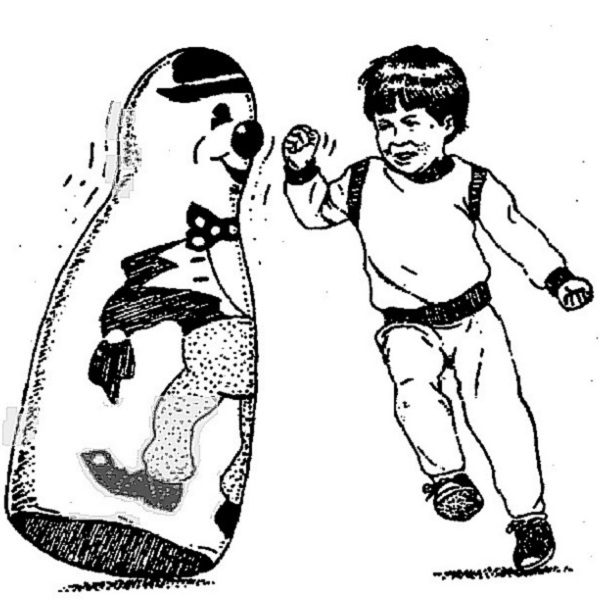Kitty Genovese
 Hello and welcome to the last “Psychology Experiments” blog! For today’s topic,I found a more dramatic type of experiment done in 1968 by John Darley and Bibb Latané. It is known as the Bystander Effect. It all started years after the brutal murder of 28 year old Catherine “Kitty Genovese”.
Hello and welcome to the last “Psychology Experiments” blog! For today’s topic,I found a more dramatic type of experiment done in 1968 by John Darley and Bibb Latané. It is known as the Bystander Effect. It all started years after the brutal murder of 28 year old Catherine “Kitty Genovese”.
On March 13, 1964, Kitty Genovese came home from work and was approached by a male ( Winston Mosley) at her apartment door. She was immediately attacked and stabbed her. This reason this tragedy was so important was because it played as an example of how bystanders react. For those who aren’t familiar with the definition, the bystander effect is “ the inhibiting influence of the presence of others on a person’s willingness to help someone in need.” In this incident, Genovese continuously called for help, but unfortunately nobody came to her rescue. Nobody even tried to call the police until 3:50 which was approximately 30 minutes after the incident happened. Two weeks after the crime, it was reported in The New York Times that around 38 individuals claimed to have either seen or heard Winston Mosley attack Genovese on 3 other occasions. Sadly all 38 bystanders failed to notify authorities right away. Instead, witnesses waited until she died.
This is what caused John Darley and Bibb Latané to test whether bystanders in an emergency take action to help those in trouble. Psychologists predicted that this depended upon the numbers of other witnesses present during the situation.
In one experiment, participants were separated between 3 different conditions. One treatment consisted of the participants being alone. Another condition an individual would be placed with 2 other participants. Lastly, the participant would be placed with 2 people who are pretending to be volunteers.
In a room, the participants were placed in a waiting area to fill out a questionnaire when suddenly smoke began to fill the room. In the end, about 75% of the participants who were alone reported the strange smoke to the experimenters. In the second condition, 38% of those who were with 2 other people reported the smoke. In the final group, it was reported that only 10% reported the smoke after first ignoring the smoke.
With so much knowledge gained, the psychologists started to understand how behavior is greatly influenced by the specific situation. This tragedy remained an example and led to finding new research on what the psychologists called bystander intervention.
With that being said, I hope I’ve introduced some new psychology experiments to you and I also hope that you at least learned some new material. I enjoyed sharing my interests with everyone.
Sources:
https://www.verywellmind.com/the-bystander-effect-2795899
https://www.britannica.com/topic/bystander-effect
https://www.google.com/amp/s/www.psychologytoday.com/us/basics/bystander-effect%3famp



Recent Comments